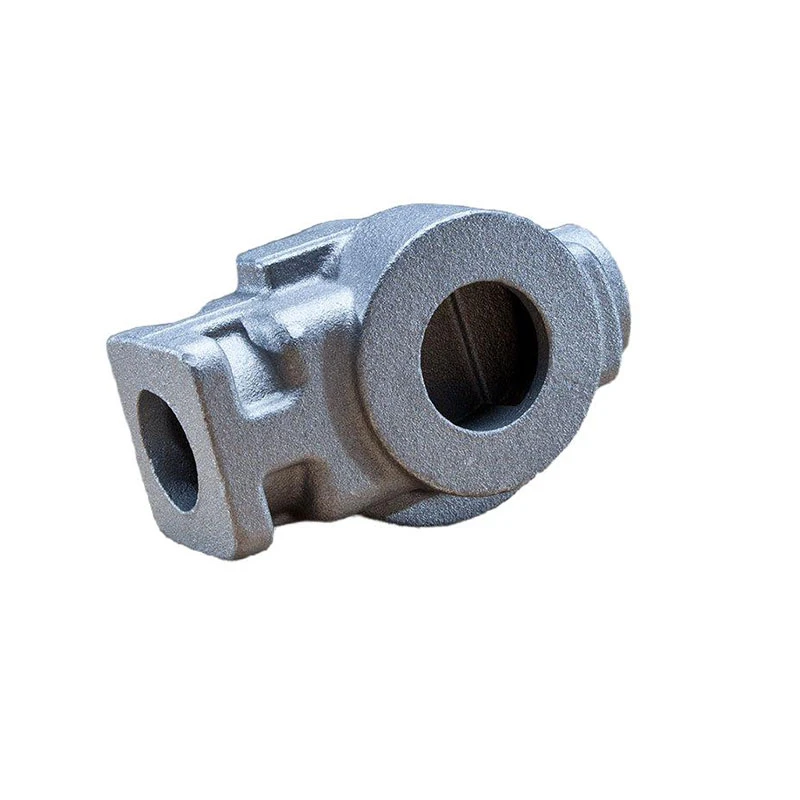High-Accuracy Metering Valve for Precision Flow Control in Industrial Applications
Precision Metering Valves An Essential Component for Fluid Control
Precision metering valves are critical components in various industries, particularly those involving fluid dynamics, such as chemical processing, pharmaceuticals, food and beverage, and water treatment. These valves provide accurate control of fluid flow rates, ensuring that processes run smoothly and efficiently. Understanding their functionality, benefits, and applications can help industries optimize their operations.
What is a Precision Metering Valve?
A precision metering valve is designed to control the flow of fluids with high accuracy. Unlike standard valves that may only provide basic on/off control, metering valves allow for fine adjustments to flow rates. They achieve this by utilizing various mechanisms, including needle, globe, and diaphragm types, which enable precise regulation of fluid dynamics. The ability to finely tune the flow makes these valves indispensable in applications where even small variations in flow can lead to significant impacts on product quality or process efficacy.
How Do Precision Metering Valves Work?
Precision metering valves operate by restricting the flow of fluid through an opening or port. The valve’s design allows the user to adjust the size of this opening mechanically, providing a way to fine-tune the flow rate. For instance, needle valves use a tapered needle that fits into a conical seat, allowing for incremental changes in flow as the needle is moved in and out.
These valves can be operated manually, where an operator adjusts the valve based on direct observations, or automatically, where electronic or pneumatic actuators adjust the valve position based on feedback from sensors. The latter integration of smart technologies has significantly enhanced the precision and reliability of fluid control in modern industrial applications.
Benefits of Using Precision Metering Valves
1. Enhanced Accuracy The primary benefit of precision metering valves is their ability to provide accurate flow control. This is essential in processes where exact fluid quantities are critical to the outcome, such as in chemical reactions or dosing applications.
2. Improved Process Efficiency By enabling precise flow control, these valves help minimize waste and optimize resource use. This efficiency can contribute to significant cost savings in large-scale operations.
precision metering valve

4. Reduced Maintenance With their robust design, precision metering valves typically require less frequent maintenance compared to other types of valves, reducing downtime and operational costs.
Applications of Precision Metering Valves
1. Chemical Processing In chemical manufacturing, precise dosing of reactants is crucial. Metering valves ensure that the right amounts of chemicals are mixed, improving product consistency and safety.
2. Pharmaceuticals The pharmaceutical industry demands exacting standards for fluid measurement. Precision metering valves are used in drug formulation and filling processes to guarantee dosage accuracy.
3. Food and Beverage In food processing, maintaining the correct flow rates of ingredients is essential for quality control. Precision valves are employed to regulate the addition of flavors, preservatives, and other additives.
4. Water Treatment These valves are also instrumental in water treatment facilities, where they manage the flow of chemicals used for purification and disinfection, ensuring compliance with environmental regulations.
Conclusion
Precision metering valves are fundamental to achieving high standards in fluid control across various industries. Their ability to provide accurate and reliable flow regulation enhances process efficiency and product quality. As industries continue to embrace automation and smart technologies, the role of precision metering valves will only grow in importance, paving the way for innovations in fluid handling and management. Investing in high-quality metering valves can lead to substantial long-term benefits for organizations, making them a key consideration in any fluid dynamics-related operation.
-
Precision Casting AI Solution with GPT-4-Turbo | Optimized QualityNewsAug.02,2025
-
Precision Sheet Metal Stamping Manufacturer | Fast & ReliableNewsAug.01,2025
-
OEM Sand Cast Pump Valve Fittings - Baoding Hairun Machinery And Equipment Trading Co., Ltd.NewsAug.01,2025
-
Custom OEM Impellers | High Efficiency & PrecisionNewsAug.01,2025
-
OEM Sand Cast Pump Valve Fittings - Baoding Hairun Machinery | Customization, Quality AssuranceNewsAug.01,2025
-
OEM Sand Cast Pump Valve Fittings - Baoding Hairun Machinery And Equipment Trading Co., Ltd.NewsAug.01,2025















